#wildlife: florida
Text

A young roseate spoonbill (Platalea ajaja) takes flight in Sweetwater Wetlands Park, Gainsville, Florida, USA
by Erika Simons
#roseate spoonbill#spoonbills#birds#platalea ajaja#platalea#threskiornithidae#pelecaniformes#aves#chordata#wildlife: florida#wildlife: usa#wildlife: north america
494 notes
·
View notes
Text
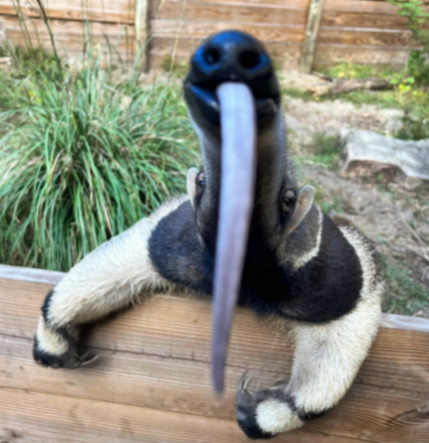
Licks you
1K notes
·
View notes
Text

Florida mangroves, for Mass Audubon and Storey Publishing‘s Nature Smarts Workbook, Ages 7-9.
#illustration#jada fitch#art#bird#nature#birds#design#drawing#mangroves#mangrove#mangrove forest#habitat#habitat illustration#florida#wildlife#florida wildlife#FL#cutaway#fish#animals#maine artist#maine illustrator#activity book#kid's book#kids illustration#children's book#audubon
1K notes
·
View notes
Text
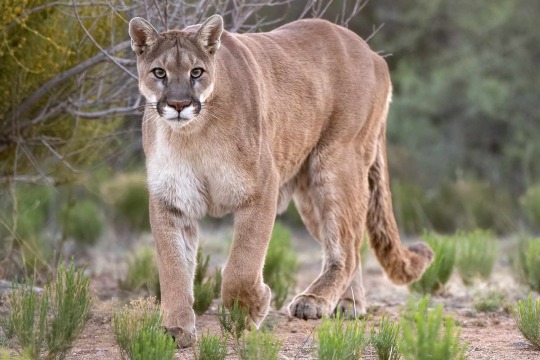
538 notes
·
View notes
Text
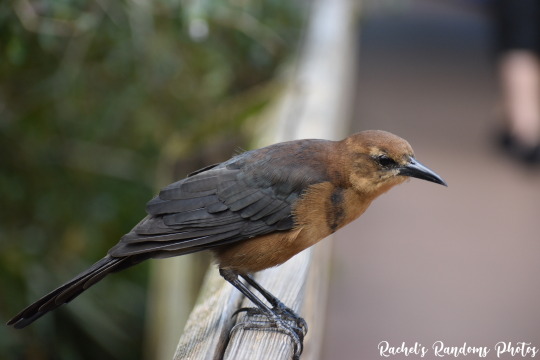
Female Boat-tailed Grackle (Quiscalus major)
Taken at the Brevard Zoo in Melbourne, FL
#boat tailed grackle#boat tailed grackles#grackle#grackles#bird#birds#bird photography#animal#animals#animal photography#wildlife#wildlife photography#nature#nature photography#photography#florida#florida photograhy#florida photographer#brevard zoo#nikon camera#nikon photography#nikon d3500#Quiscalus major
559 notes
·
View notes
Text

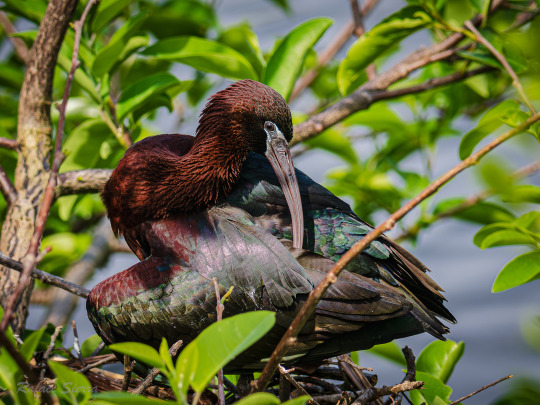
Glossy Ibis in mating plumage
#glossy ibis#birds#original photography#photographers on tumblr#photography#bird photography#nature photography#wildlife photography#Wakodahatchee wetlands#florida#om system#om 1#rafefar
332 notes
·
View notes
Text

An African white-bellied tree pangolin baby hitches a ride on its mother at Pangolin Conservation, a nonprofit organization in St. Augustine, Florida. The mammals are illegally killed for bush meat and their scales, which are claimed to have medical value.
This photo was originally published in “Documenting the World’s Animals, One Picture at a Time," in April 2016.
PHOTOGRAPH BY JOEL SARTORE, NATIONAL GEOGRAPHIC PHOTO ARK
#joel sartore#photographer#national geographic#african white-bellied tree pangolin#pangolin#animal#mammal#wildlife#pangolin conservation#st augustine#florida#nature
337 notes
·
View notes
Text

"If you thought you hated homework as a child, trust me, you'll hate it more as a parent!"
(A bowl of roseate spoonbills at Ding Darling Wildlife Refuge on Sanibel Island, Florida)
#roseatespoonbill#spoonbill#bird#lovefl#swfl#naturephotography#nature#wildlife#birdwatching#naturelover#dingdarlingwildliferefuge#michialeschneiderphotography#sanibel#florida
386 notes
·
View notes
Text
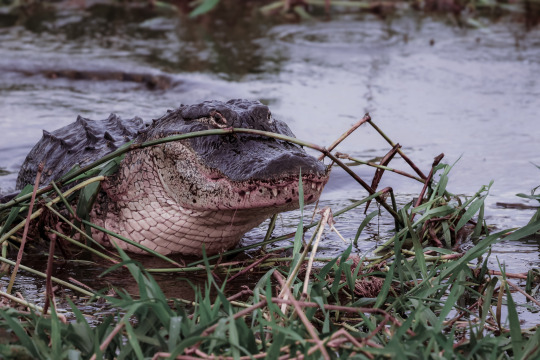
American alligator in its natural habitat - Florida
#nature#wildlife#wildlifephotography#naturephotography#photographers on tumblr#natgeo#reptiles#wetlands#swamps#florida
118 notes
·
View notes
Text
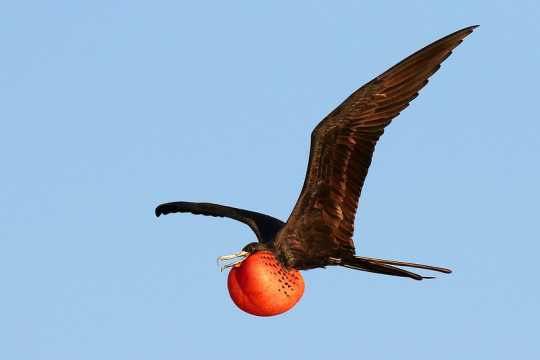
A male magnificent frigatebird (Fregata magnificens) shows off its gular sac midflight in St Petersberg, Florida, USA
by Dennis Adair
#magnificent frigatebird#frigatebirds#seabirds#birds#fregata magnificens#fregata#fregatidae#suliformes#aves#chordata#wildlife: florida#wildlife: usa#wildlife: north america
480 notes
·
View notes
Text

Florida panther
By: Unknown photographer
From: Wildlife Fact-File
1990s
127 notes
·
View notes
Video
“ rays of sunshine “ // Marissa Wil
Music: James Quinn - A Gentle Sunlight
1K notes
·
View notes
Text

267 notes
·
View notes
Text






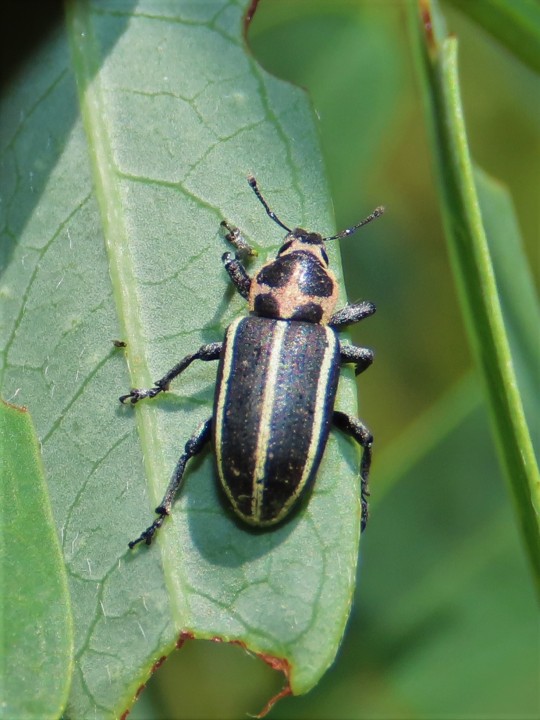

Yep. its Wretched Little Florida Bugs time
-Elaphidion mucronatum
-Triacanthagyna trifida
-Cuerna costalis
-Crocothemis servilia
-Diceroprocta olympusa
-Odontoxiphidium apterum
-Eudiagogus maryae
-Perillus bioculatus
8/23, Orange County, FL
#bug#bugs#insects#entomology#hemiptera#coleoptera#orthoptera#odonata#florida#wildlife#insect photography
253 notes
·
View notes
Text

American Flamingo (Phoenicopterus ruber)
Taken at the Palm Beach Zoo in West Palm Beach, FL
#american flamingo#american flamingos#flamingo#flamingos#bird#birds#bird photography#animal#animals#animal photography#wildlife#wildlife photography#nature#nature photography#zoo animals#photography#florida#florida photographer#florida photograhy#palm beach zoo#nikon camera#nikon photography#nikon d3500#Phoenicopterus ruber
512 notes
·
View notes
Text
For those unaware, Burmese pythons have been a seriously destructive invasive species in the Florida Everglades for the past three decades thanks to a hurricane destroying a breeding facility. Other than the occasional big, old alligator, nothing eats them--but they eat everything. In some places, mammal species have been reduced to a tiny percentage of their former numbers--or have been extirpated entirely.
Because these snakes are so good at hiding, and they often populate the more remote areas of the Everglades, it's incredibly difficult to track them or determine how many of them are hiding there, though their impact is certainly obvious. Even people who spend time hunting the pythons only bring back a tiny fraction of the population; over 17,000 have been killed since 2000, and yet numbers are robust enough that native species have been eaten nearly to complete extermination. Both amateur and professional hunters are allowed to hunt Burmese pythons year-round anywhere on private land and in many public lands as well.
It was totally by accident that researchers came across a way to find these elusive animals. Opossums that had been fitted with radio collars for a separate study became victims of pythons, and the transmitters showed exactly where the snakes went after feeding. While some very large snakes were able to pass the collars when defecating, others retained them in their digestive systems. And as it turns out, the opossums were the perfect size for large female pythons mature enough to lay plenty of eggs. Every female removed from the ecosystem meant that many fewer being born in the future, putting at least a small dent in the population of invasive pythons.
Now there are plans to fit opossums and other mammals with simple tracking collars that are more likely to stay in a python's system even after digestion. Quicker response will mean more of them can be captured and euthanized. While it's not going to be the solution that gets rid of all of the Burmese pythons in Florida, every tool we have in controlling their numbers is a step forward.
#pythons#Burmese pythons#snakes#herps#invasive species#Everglades#Florida Everglades#Florida#nature#wildlife#animals#animal death#cw animal death#ecology#environment#conservation#hunting
156 notes
·
View notes